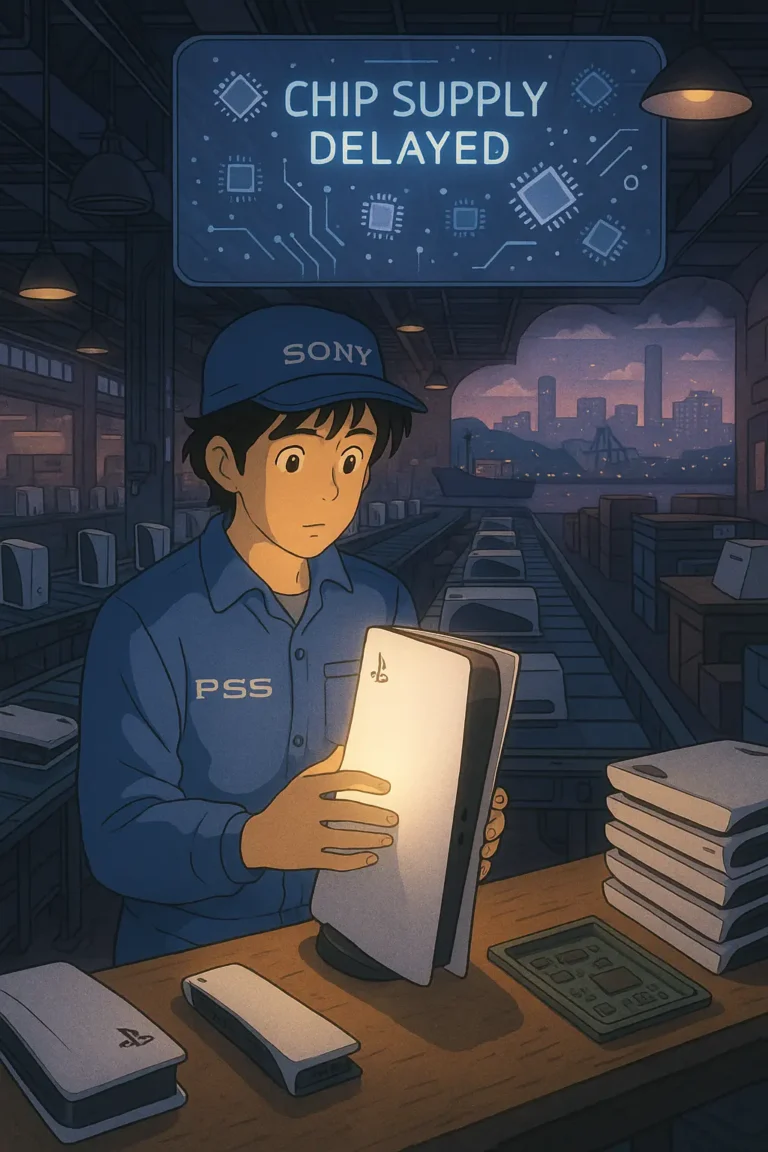
As the world bids for a more sustainable planet, there is pressure on supply chains across the globe to begin reducing carbon emissions.
This is understandable. However for supply chains in Africa, it poses a challenge due to the unique situation on the continent.
In the second half of 2023, Africa had its first climate summit. Some countries made lofty promises. We are yet to see how it pans out. For instance, the Niger Republic set some remarkable objectives, but within a few weeks, they were plunged into political unrest.
That is a testament to some of the challenges experienced on the continent. Supply chains on the continent are eager for perceived cheaper production and distribution strategies, even if they are harmful to the environment.
For a continent still riddled with poverty, it is not difficult to see why they struggle to care. It is not all bad though. Some supply chains are more welcoming to such initiatives. However, they are constantly struggling with their stakeholders to effect these changes.
In this article, we will explore how these supply chains can begin reducing carbon emissions even in the face of such challenges.
1. Partner With Suppliers Who Have the Same Sustainability Values
Supply chains are made up of suppliers who help out in different aspects of the operation. Depending on the nature of the supply chain, these suppliers can impact the entire supply chain to varying degrees.
If your supply chain is big on sustainability and reducing carbon emissions, you want to partner with suppliers with the same values. Granted, these suppliers are probably few on the continent, but they are there.
Because of how critical suppliers are to the supply chain, it is hard to imagine your supply chain achieving sustainability if the suppliers are not on board. And you can’t turn a blind eye to wrong carbon emissions from them and still claim to be sustainable.
If your supply chain will have any hope of reducing carbon emissions, it is important to start with the partners of your supply chain. They are core members of the supply chain.
2. Evaluate Current Supply Chain Processes
Another good option to consider when reducing carbon emissions is the current operational process of your supply chain. Your supply chain processes are very critical when considering carbon emissions.
You want to assess them to estimate the level of carbon emissions from each process, including production and logistics.
Evaluating your supply chain processes helps ascertain how much carbon each stage of the supply chain operation is emitting. And it gives you ideas on how to reduce them depending on their level of emissions.
In so many ways, this is the first step or strategy to consider when reducing carbon emissions. Some of these options include: Partnering with suppliers, transporting efficiently, sourcing alternative forms of energy or capturing and repurposing carbon emissions.
3. Set Carbon Emission Target
Without targets, your supply chain will struggle to reduce carbon emissions and achieve any sustainability objectives successfully. This is because, without a target in place, it is difficult to get others to get on board the mission.
It is already hard enough on the continent. When setting targets for reducing your supply chain’s carbon emissions, it is important to set achievable targets. Also, set targets that everyone can come on board with, including your suppliers.
It is important to recognize that not everyone is at the same level regarding reducing carbon emissions. You need to work with the operations, internal, and external stakeholders from the level they are on and then grow from there.
4. Visibility and Transparency
You can talk about reducing carbon emissions all day in your supply chain operations, but without enforcing it, you will struggle. The question becomes, how can one enforce the reduction of carbon emissions?
Ensuring visibility and transparency is a good place to start. Although similar, they are not the same. Visibility has to do with ensuring stakeholders (internal and external) can access and communicate supply chain information with ease.
On the other hand, transparency entails transparency about the supply chain operations and their sustainability goals to the government and customers. Although they are different, they ensure players in the supply chain are not going against the values and demands of sustainability.
You can also use them to keep all your supply chain partners and processes in check every step of the way.
5. Invest in and Leverage Alternative Energy Sources
Energy sources like petroleum are big components of the carbon emissions that harm the environment. However, supply chains can seek alternative sources.
Today, technology has made it possible to harness other elements and produce energy out of them. For example, water, wind, and solar. There are also electric machines and vehicles that supply chains in Africa can adopt.
There is a caveat when leveraging or investing in alternative energy sources. For most of Africa, there are poor infrastructures, which makes these alternative energy sources unreliable. To ensure they work well might cost the supply chain a lot of money.

Obinabo Tochukwu Tabansi is a supply chain digital writer (Content writer & Ghostwriter) helping professionals and business owners across Africa learn from real-world supply chain wins and setbacks and apply proven strategies to their own operations. He also crafts social content for logistics and supply chain companies, turning their solutions and insights into engaging posts that drive visibility and trust.







